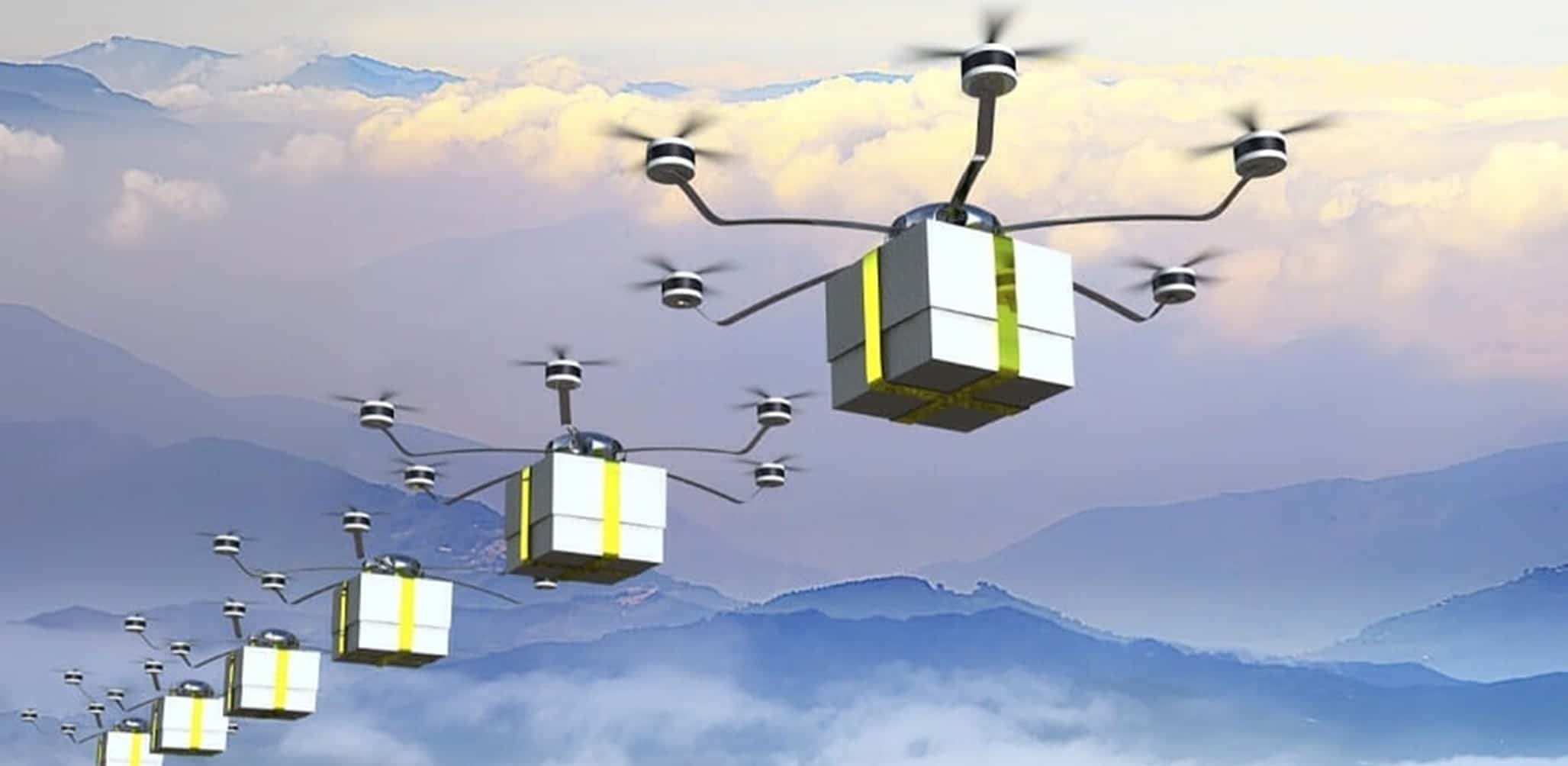In an attempt to shed some light on the development and readiness of disruptive drone technology, The Fast Mode had an email interview with the CEO and President of BoldIQ, Roei Ganzarski to give his opinion on drones, also known as unmanned aerial vehicles (UAVs). Read the interview, conducted below:
Q: What do you believe to be the most promising way drones will be leveraged for delivery?
A: Drones are poised to change the game completely over the next few years. As drone technology advances, I believe we will see three mainline uses:
Q: When will this happen and what cities will be first to capitalize on the benefits?
A: We have already seen the start of drone deliveries but it likely won’t become truly widespread and accepted until 2025. Over the next seven years, we’ll begin to see an overall increase in this new vehicle for deliveries but a large portion of these test runs, followed by operational deployments, will be heavily focused in rural areas where the safety risks are smaller and logistics are much simpler to manage. Contrary to popular belief, dense metro areas present numerous challenges and risks – think traffic, privacy issues, power lines, high-rise buildings, sudden wind gusts, and crowded streets below.
Instead of thinking about smart urban cities, we should shift our focus, at least for drones initially, to smart rural areas. It’s much more likely we’ll see drones used to deliver common goods like food and medication to remote homes and offices versus a busy suburb. Instead of a consumer driving over an hour one-way into town to pick up a prescription, they could choose to have it delivered by drone. Autonomous vehicles and drones could, and should, even partner for optimal efficiency while delivering packages– companies like UPS and Mercedes are already testing a self-driving van and drone combination for the ultimate rural delivery challenge solution. Meanwhile, cities will shift their attention to small, and less risky sidewalk bots to help enable the ‘life on-demand’ luxury in metro areas.
The first cities after rural areas will be flat by nature and less dense. Drones flying around skyscrapers in the middle of ‘downtown’ will be the last to be implemented.
Q: What are the major pitfalls or barriers to widespread adoption?
A: Prior to these services becoming a reality, we need to take on and fix the inherent implementation challenges. Some of these concerns – the ones we should be focusing on sooner rather than later – relate to the deployment of these technologies once they are proven to be safe for flight. Before they can become common to everyday living, live operational testing must take place to ensure we can deploy these technologies without an overcrowded sky or roads congested with driverless cars. If regulations aren’t set in place at the forefront, a potential hiccup during a single fleet deployment could completely overshadow the potential benefits from these technologies.
To set forth regulations and do it right, we need to start thinking about a higher-level network connecting drones, driverless vehicles and other autonomous technologies. This means taking a look at how they should be deployed, managed, and used so not only individual consumers can experience the benefits of these technologies, but society can move into the next generation of deliveries. We need to think strategically about which services are implanted, and where to best utilize each innovation.
Q: What excites you most about the potential future of drone delivery?
A: What really excites me about drone deliveries (both physical goods and information) is the impact it can bring to society as a whole, if done right.
If done and managed as a network, drone delivery could significantly reduce the number of vehicles on our roads. This means less congestion, less pollution, less accidents, less cost.
In this scenario, drone delivery could significantly increase the quality of our day to day lives – better, faster, and more applicable emergency response, decision making, and services.
If implemented and managed as a network, drone delivery would need less drones in the sky than what anyone may be imagining. Again, less congestion, less pollution, less accidents, less cost. Finally, drone delivery will enable new types of companies and services to be created; companies that today are not possible due to logistical reasons, or are not available to smaller organizations or even startups due to cost constraints. It will truly be a whole new world.
Q: On the telecommunications front, how will autonomous commercial drones change the way operators can leverage the technology for inspecting wireless infrastructure?
A: In my opinion, the use of drones in the telecommunications arena will be similar to that of the electrical utility or oil and gas and will fit nicely in the ‘delivery of data’ use I mentioned earlier. Be it a wired telco network, or a wireless one, as the networks expand, the cables, lines, and antenna, will be placed in more and more remote areas so that coverage is seamless. However, even though the technology from the user’s perspective may be wireless, from the telco’s perspective it is still very much hardware that will need to be routinely inspected, moreover after a storm, earthquake, etc. Drones will provide a perfect solution for this. Why send a technician and vehicle out to a remote location to inspect something that needs manual work done? Send a drone to take photos, video, etc. that can be streamed live back to a user (as needed) and determine only then if a person actually needs to be dispatched. This will allow more locations to be inspected, maintained, and repaired in a shorter timeframe. The same model works for power lines, cable lines, etc. A drone flying at high speed with a good sensor can find a downed power line faster than dispatching people to look for it. Moreover, the drone could alert people about hazards on the way or the surrounding area to reduce safety risks.




















